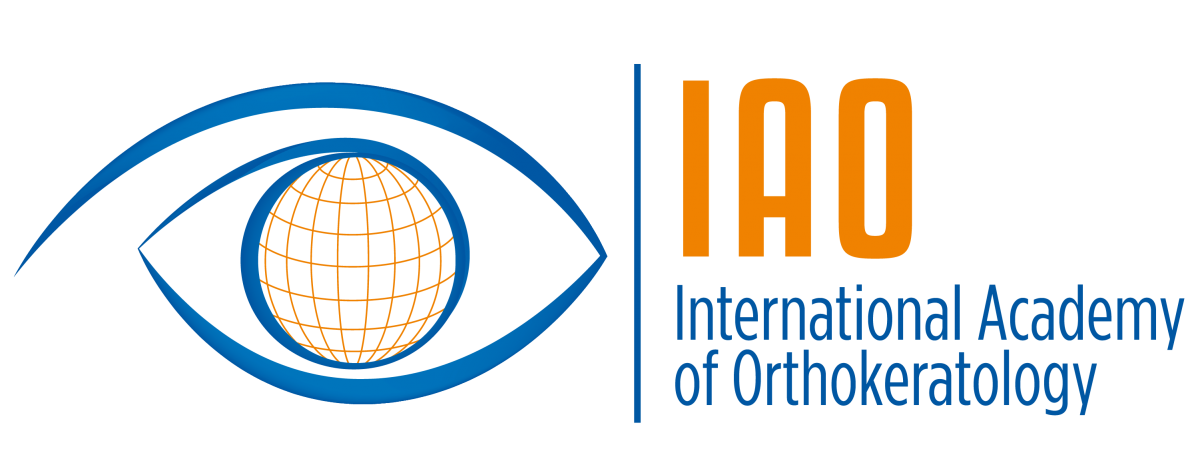If you have ever noticed squiggly lines or dark spots drifting across your vision, you’re not alone. These are called floaters. Floaters are usually harmless, however they can be incredibly frustrating, especially when they interfere with reading, driving, or simply enjoying clear vision.
A new supplement called VitroCap-N is scientifically designed to support the health of the vitreous body, the gel-like collagen substance inside the eye that often breaks down with age. A gradual deterioration of the vitreous can lead to clumps of debris forming that cast a shadow on the retina – creating ‘floaters’. Instead of resorting to invasive options like ocular surgery, that carry risks of infection and cataract formation, many people are now turning to nutritional support as a first line of management.
VitroCap-N includes a unique blend of active ingredients including L-Lysine, Vitamin C, Citrus Bioflavonoids, Grape Seed Extract, and Zinc. Together, these important compounds work to stabilise collagen and protect the eye from oxidative stress. Both of which are key to maintaining healthy eyes and reducing the appearance of floaters.
VitroCap-N is backed by clinical trials; the latest in 2021—Ankamah et al’s FLIES study, (accurately named given that many patients report they feel like they are seeing small insects zooming around in their sight!), was a trial of 61 patients aged 18–79. After six months of daily VitroCap-N use, participants reported significant improvements in visual comfort, floaters, and contrast sensitivity. 77% experienced reduced floaters, and 67% saw improved vision-related quality of life. The product was also safe and easy to use.
An image into the back of someone’s eye, showing a bothersome central vitreous floater causing vision blur.
At Bay Eye Care we can use imaging tools and diagnostic equipment during your appointment to confirm the presence of vitreous floaters, and we have VitroCap-N available over-the-counter for immediate use if indicated. VitroCap-N is quickly becoming a go-to for those seeking a non-invasive, evidence-based approach to bothersome floaters and clearer vision. If you’re tired of floaters interrupting your view, it may be time to explore what VitroCap-N can do for your eye health. Please get in touch or book online to arrange an assessment here at the clinic.
by Mr Aidan Quinlan, Optometrist, Bay Eye Care.






































